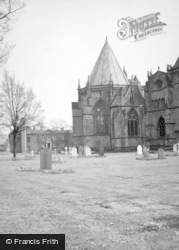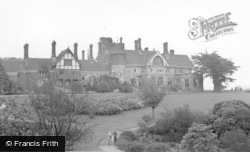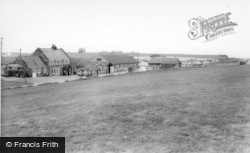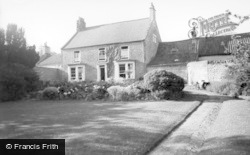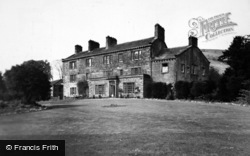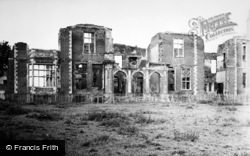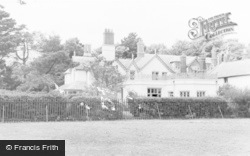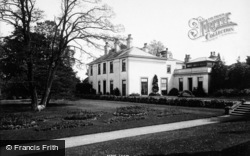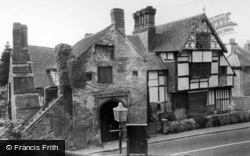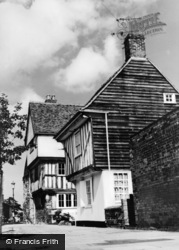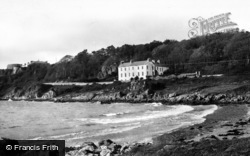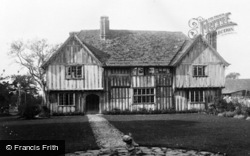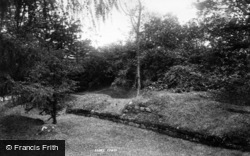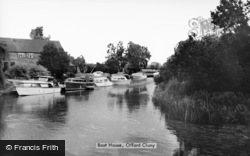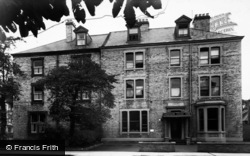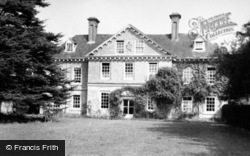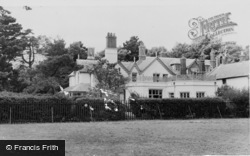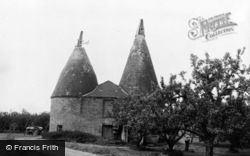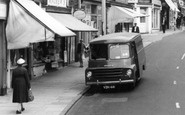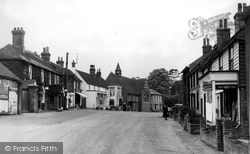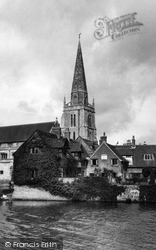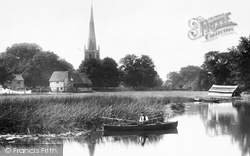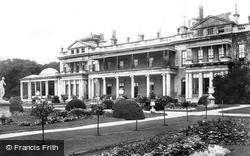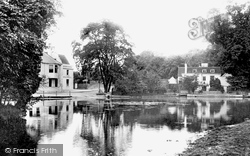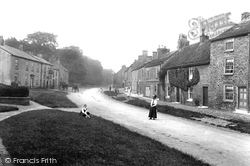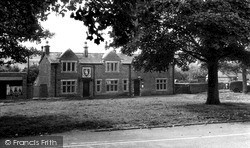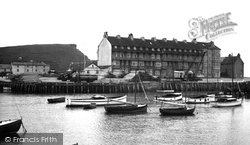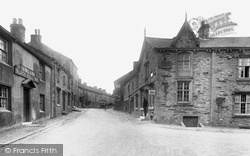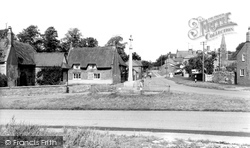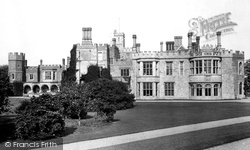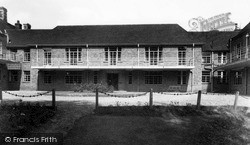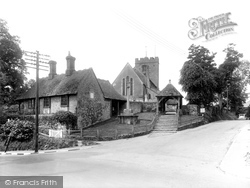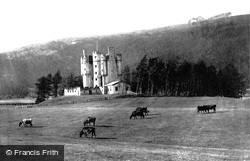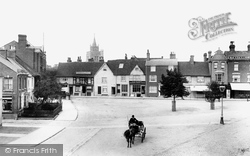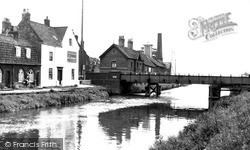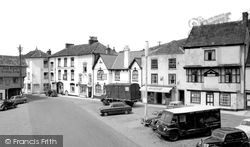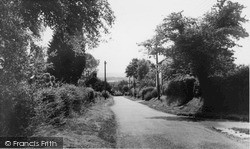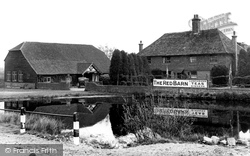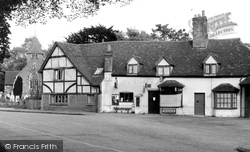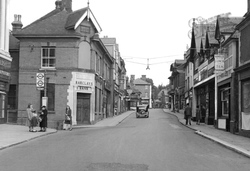Places
36 places found.
Those places high-lighted have photos. All locations may have maps, books and memories.
- Chatsworth House, Derbyshire
- Osborne House, Isle of Wight
- Brambletye House, Sussex
- Ickworth House, Suffolk
- Kingston Lacy House, Dorset
- Boscobel House, Shropshire
- Preshute House, Wiltshire
- Bolton Houses, Lancashire
- Brick Houses, Yorkshire
- Quaking Houses, Durham
- Water Houses, Yorkshire
- Bottom House, Staffordshire
- New House, Kent
- Mite Houses, Cumbria
- Lyneham House, Devon
- Church Houses, Yorkshire
- Dye House, Northumberland
- Spittal Houses, Yorkshire
- Street Houses, Yorkshire
- Tow House, Northumberland
- Halfway House, Shropshire
- Halfway Houses, Kent
- High Houses, Essex
- Flush House, Yorkshire
- White House, Suffolk
- Wood House, Lancashire
- Bank Houses, Lancashire
- Lower House, Cheshire
- Marsh Houses, Lancashire
- Chapel House, Lancashire
- Close House, Durham
- Guard House, Yorkshire
- Hundle Houses, Lincolnshire
- Hundred House, Powys
- Thorley Houses, Hertfordshire
- School House, Dorset
Photos
7,776 photos found. Showing results 1,141 to 1,160.
Maps
370 maps found.
Books
1 books found. Showing results 1,369 to 1.
Memories
10,360 memories found. Showing results 571 to 580.
Ex St Roberts Catholic School Harrogate
Born in Waterloo Street, Harrogate, in early 1940s. Attended above school until left in 1956. Started work at J.S.Driver, grocers on Beulah Street, Stan Wood manager. Remember 'Syncopated Sandy,' playing ...Read more
A memory of Harrogate by
From Woodland Road To Cheshire Via The Penllwyn
On June 11th 1952 in the front downstairs room, (or close by) of 14 Woodland Road I let out my first cry. My early days of Pont are blurred, because they were not happy days. But I do remember ...Read more
A memory of Pontllanfraith by
Early 1950s
I was born in Dartord where I lived in Stanham Road until I moved at the age of 9 years. Childhood friends I remember are Anthony Artist, Janet Cork, Michael Burville (not sure of spelling of surname). My next door neighbour was the ...Read more
A memory of Dartford in 1953 by
Evacuation During The Second World War
During the early years of the Second World War my father was posted to the Royal Artillery camp in Almondbury and when we were bombed in our home in Hull he found a small house for my mother, sisiter and I ...Read more
A memory of Kirkheaton in 1940 by
Fun Times
My maiden name was Glendinning, Anne, and we moved from Benton to Lilac Avenue in 1968 when I was 7 years old. We lived there while the house upgrades took place and quite a few of the families were shipped out to live in ...Read more
A memory of Forest Hall in 1970
Cobblers Shop Rockingham Road Swinton
My memory relates to the cobblers shop on Rockingham Road, Swinton as this was my grandad's shop, I used to walk down the back way, behind the houses to get to it, it is still a shoe repairers shop. ...Read more
A memory of Swinton in 1967
Merrion House School During Ww 2
I think it was 1944 when I visited my brother Brian at the boys school known as Merrion House, run by Mr. and Mrs. Brummell-Hicks under a spartan but friendly and encouraging regime. Doodlebugs(V1's) aimed at ...Read more
A memory of Sedlescombe in 1943 by
Bicycles And A Happy Hunting Ground.
Being the offspring of parents otherwise engaged, and only partially supervised by a succession of Nannies, whose only concern was that we should be clean and respectably dressed when we got up to mischief, ...Read more
A memory of New Milton in 1950 by
Hazel Slade House Racing Stables
I was an apprentice jockey with master Robert Charles Ward from 1954 to 1960, then I went in the Forces, then I emigrated to Australia and now live in Victoria, in Langwarrin. With reference to Mrs Gillian ...Read more
A memory of Hednesford in 1954 by
Boddington School Maureen Simpson.
I attended the school from 1946-1951. The teacher at first was Miss Semper, who I do not remember too well. After her came Mrs. Pat Bishop, who was a lovely lady, she and her husband lived in the school ...Read more
A memory of Upper Boddington in 1946 by
Your search returned a large number of results. Please try to refine your search further.
Captions
6,977 captions found. Showing results 1,369 to 1,392.
The second view looks along Waldron Road into the High Street, with the London road turning beyond the houses on the right; the nearest of these, Warnham Cottage, is no longer a shop but a house
Just beyond the west tip of Nag's Head Island is the Malthouse (creeper-clad) and Fairlawn Wharf to the right, now housing and formerly warehouses and barns.
This beautiful house would seem to be such an important asset to the village, but like so many others, all trace of it has now gone.
The old house here was restored and rebuilt in 1840 by Lord Howden to the designs of Decimus Burton, a London architect, who was also responsible for Hyde Park Corner.
Further lakes and streams flow through the grounds of The Grove, which was once a private house, but is now a delightful public park.
The White Swan Inn on the left is 300 years old; the third house from the right is the old Gilling Club for working men. Twenty years ago it was used by the scouts, but is now a private house.
While the tide of council house building swept ever outwards, mainly to the north and east of the city centre, the 'scarlet fever' of private red-brick detached and semi-detached houses and
This Edwardian building replaces an earlier private house.
The view is south-eastwards to the Bay House Cafe and East Cliff (centre).
The Black Bull public house on the left was later to become a Youth Hostel. This is where Church Street meets Chapel Street.
In an area of architectural gems (Rockingham Castle, Lyddington Bede House and Stoke Dry parish church), the village has a number of good ironstone houses of the 16th, 17th and 18th centuries
The house was built around the remains of a former Benedictine nunnery.
The house dominating the picture was built by Thomas Mansel-Talbot in the 1770s.
This halted boarding-house developments for many years as it used up all the available money. As the photograph shows, it was a splendid building but it proved to be a white elephant.
Old Place is a 15th- century manor house that was the home of the Apsley family. New Place is a stone farmhouse by the railway.
This five-storey, L-plan tower-house was built by the Earl of Mar in 1628. It was here in August 1714 that a so-called hunt was assembled by John Erskine, sixth Earl of Mar.
The gardens and the houses on the left have been replaced by a routine 1960s block, Kingsbury House.
Increased river traffic led to this opening bridge being constructed in 1913, at the same time as the hydraulic pumping house (behind with the tall chimney).
It retains its medieval plan and character remarkably with tall houses lining its narrow street, many of them timber-framed and jettied, including King John's Hunting Lodge on the left; it is a house
The late Victorian Red Lion pub on the left is closed and for sale (January 2004), while the post office on the right is, as in many other villages, closed and now a house, Post Office House.
The house was built as a 15th-century open hall house, but it was altered in the 17th century.
In the foreground, on the corner of Dungates Lane, is this 16th-century timber-framed house, now subdivided; its left gabled crosswing is a house, and the rest is now the Buckland Stores, and all virtually
Further along, also on the left, is Cradle's House, a 14th-century hall house, which has recently been restored, a sad reminder of what the town has lost.
The house is L-shaped, and it is no longer either a post office or a tea room. The telephone box has gone too. The house is now called, unsurprisingly, The Old Post Office.
Places (80)
Photos (7776)
Memories (10360)
Books (1)
Maps (370)


